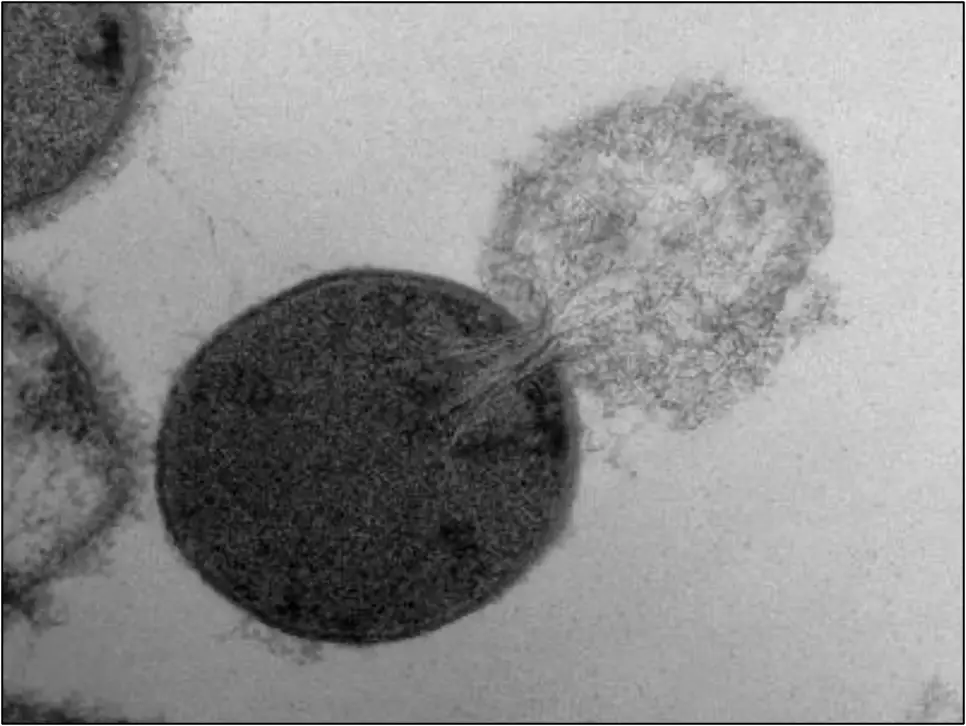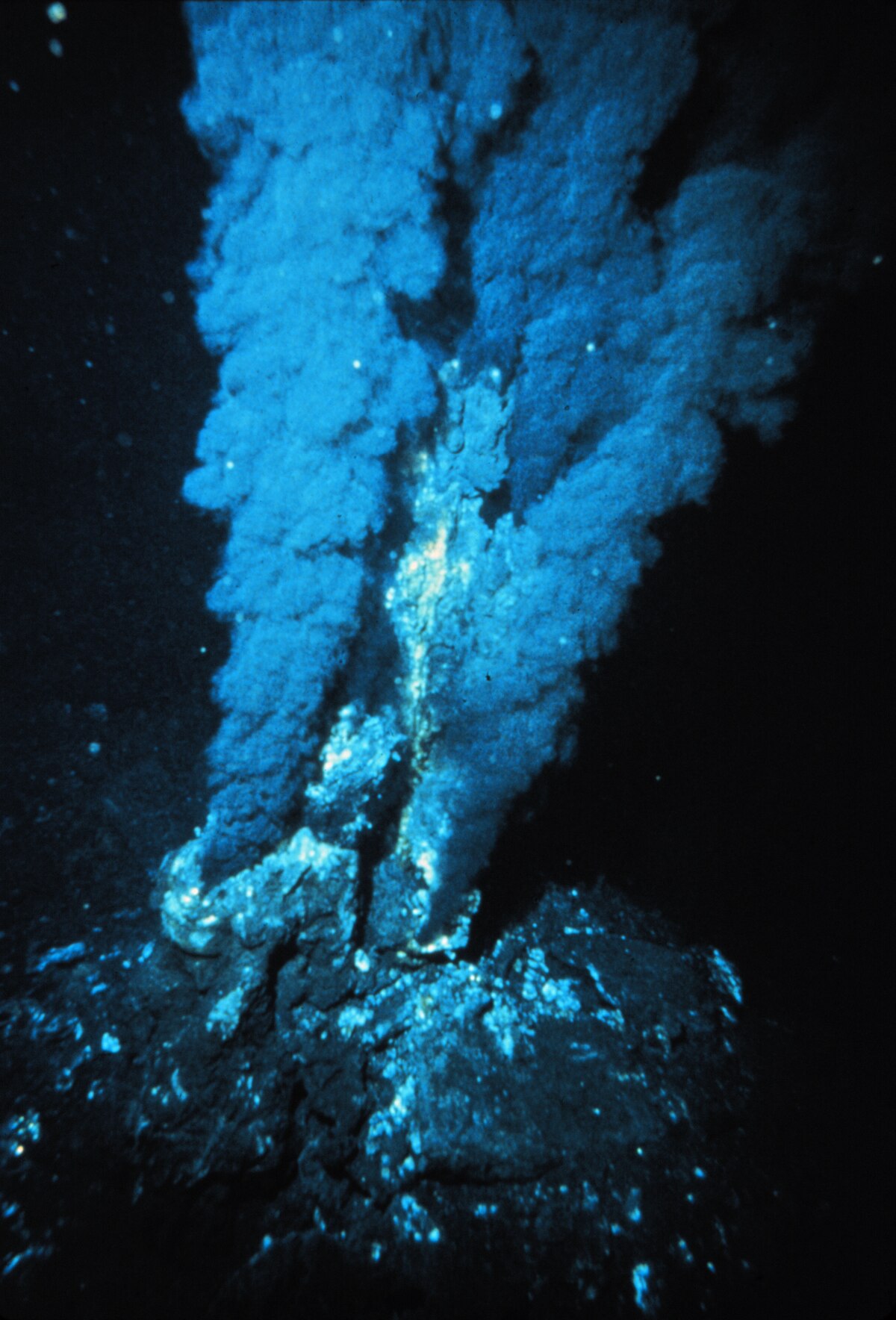IB Bio Keywords
1/12
Earn XP
Description and Tags
All chapters
Name | Mastery | Learn | Test | Matching | Spaced |
|---|
No study sessions yet.
13 Terms
Penicillin
Binds to bacterial transpeptidase
Gets converted to a reactive form
Permanently bonds to and inactivates the enzyme
Prevents bacterial cell wall synthesis, causing lysis

Metabolism
Complex network of interacting and interdependent chemical reactions occuring in a living organism
Anabolic
Building of complex molecules from simple ones (via. condensation reactions)
Catabolic
Breakdown of complex molecules into simple ones (via hydrolysis reactions)
Conditions living organisms need to maintain for life
Metabolism, reproduction, sensitivity (responsiveness), homeostasis, excretion, nutrition and growth (movement)
Outline why viruses are not considered living organisms
Viruses are not considered living because they cannot carry out all life functions independently
Viruses lack metabolism and must rely on metabolic events in a host cell to generate its component parts
A virus can therefore not reproduce autonomously and must infect a cell in order to replicate
Why are hydrothermal vents considered a possible site for the origin of life?
Hydrothermal vents provide a stable environment with the necessary chemical ingredients and energy sources, such as heat and minerals, that could support the formation of early life forms.

The cell theory states that
All cells come from pre-existing cells
All living organisms are composed of one or more cells
The cells are the smallest unit of self-sustaining life
Structure of eukaryotic cell
Double-membrane nucleus with pores (containing DNA bound to histones)
Membrane-bound organelles, including mitochondria, endoplasmic reticulum, and Golgi apparatus
Cytoskeleton of microtubules and microfilaments
Vesicles or vacuoles
80s ribosomes
Atypical eukaryotic cells
Red blood cells
Aseptate fungal hyphae
Skeletal muscle cells
Phloem sieve tubes
Outline the lytic cycle in viruses
1. Attachment: Virus binds to the host cell.
2. Penetration: Virus injects its genetic material into the host cell.
3. Biosynthesis: Viral DNA replicates, and viral proteins are produced.
4. Maturation: New viral particles are assembled.
5. Lysis: The host cell bursts, releasing new viruses.
What happens to the viral DNA during the lysogenic cycle?
It is integrated into the host genome and replicated along with it.

Function of cholesterol
Stabilizes membranes at high temperatures and prevents stiffening at low temperatures